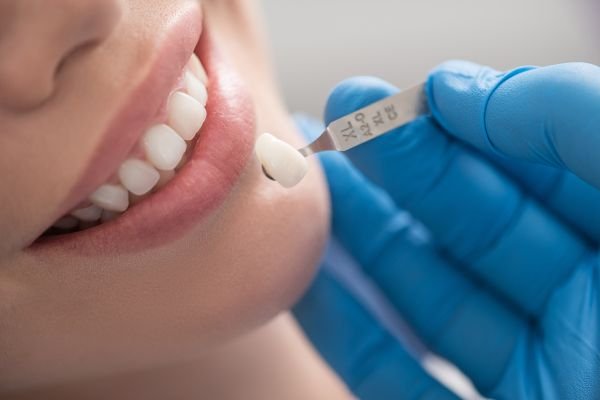Dental veneers are translucent, wafer-thin shells that are shaped after a tooth. It’s one of the most common and most popular cosmetic dental procedures today. It’s because veneers fix various teeth problems and bring an instant photogenic smile.
There are many reasons aside from teeth problems that people choose to have veneers on their teeth. Some want them for aesthetic purposes, while most want them to fix their broken tooth, or close the spaces and gaps between their teeth. Other problems that veneers can fix are teeth misalignment, crooked shape, and discoloured tooth (teeth).
If you’re planning to get your teeth fixed with either composite or porcelain veneer, here is what you must expect to happen when you’re at the dental chair sitting.
1. The Dentist Is Required to Remove A Thin Layer of Enamel
Before applying the veneer on your tooth or teeth, your dentist will remove a thin layer of enamel. It is to properly position and accommodate the entire thickness of the veneer to make it more natural-looking. The thickness of the enamel is probably as thick as a strand of hair. With that in mind, there are some instances the dentist removes more enamel if the veneer is extra thick.
2. The Procedure May Take Extra Visits to The Dentist
Applying veneer to your teeth, especially if you chose porcelain veneer will require you to visit your dentist multiple times. It’s because the dentist needs to make sure the veneers are properly fabricating them on your teeth. Dentists fabricate veneers in a custom way so that it fits your teeth or tooth perfectly.
It takes a lot of time fabricating porcelain veneers than composite veneers. It’s because porcelain veneers use pure porcelain while composite veneer uses resin, the process of fabricating takes considerable time than the latter. Your dentist will set up a series of appointments to finish the entire procedure of applying dental veneers.
3. The Procedure Is Less Invasive & Painless
If you’re worried about the procedure, applying veneers is a non-invasive procedure. However, the dentist will still administer a small amount of local anaesthetic to remove the enamel. If you have a relatively wide teeth gap or tooth decay, your dentist will likely administer a higher anaesthetic dose since extra work is needed to apply the veneers. Dental procedures these days are less invasive and virtually painless because of technology. So, you don’t have to worry about the procedure at all.
You won’t feel any sort of discomfort or pain in the entire procedure.
4. Veneers Last Longer Than You Expected
If you properly maintain your veneer, it can last up to 15 years, according to dentists. Porcelain veneers, in particular, can last for more than two decades. However, the long-lasting quality of your veneer mainly depends on your oral hygiene and care.
On average, veneers start to wear down after five years, but it’s mostly a case-to-case basis.
5. Veneers Have Varying Prices
Veneers have different price points. Just like other dental procedures, dental veneers have varied price points. Composite veneers cost cheaper while porcelain is the more expensive option. However, both are beneficial and have their pros and cons. In the end, it’s your choice that matters.
Now that you’re done reading our post, you’re more than ready to visit your dentist and have those veneers applied to your teeth! Always remember to flaunt your smile and take care of your teeth so that your veneers will last long.

